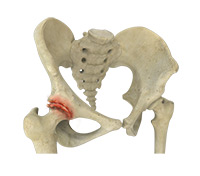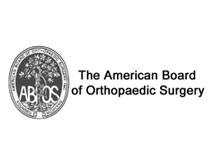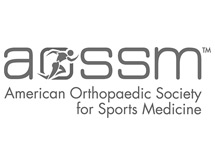Osteoarthritis of the Hip

What is Osteoarthritis of the Hip?
Osteoarthritis, also called degenerative joint disease is the most common form of arthritis. It occurs most often in older people. This disease affects the tissue covering the ends of bones in a joint (cartilage). In a person with osteoarthritis, the cartilage becomes damaged and worn out causing pain, swelling, stiffness and restricted movement in the affected joint. Although osteoarthritis may affect various joints including hips, knees, hands, and spine, hip joint is most commonly affected. Rarely, the disease may affect the shoulders, wrists and feet.
Causes of Osteoarthritis of the Hip
Osteoarthritis is characterized by damaged articular cartilage, cartilage lining the hip joint. Advanced age is one of the most common reasons for osteoarthritis of hip. You may also develop osteoarthritis if you had hip injury or fracture in the past, if you have family history of osteoarthritis, suffering from hip diseases such as avascular necrosis and other congenital or developmental hip diseases.
Symptoms of Osteoarthritis of the Hip?
The characteristic symptoms and diagnostic test helps in diagnosing the condition. You will experience severe pain confined to hip and thighs, morning stiffness and limited range of motion. Based on the symptoms your orthopedic surgeon will perform physical examination, X-rays and other scans, and some blood tests to rule out the other conditions that may cause similar symptoms.
Management of Osteoarthritis of the Hip
There are several treatments and lifestyle modifications that can help you ease your pain and symptoms.
- Medications: Pain-relieving medications such as NSAIDs, COX-2 inhibitors and opioids may be prescribed. Topical medications such as ointments can be applied over the skin where there is pain. If the pain is very severe, corticosteroid injection can be given directly into the affected joint to ease the pain.
- Other treatments: Your physical therapist will teach you exercises to keep joints flexible and improve muscle strength. Heat/cold therapy which involves applying heat or cold packs to the joints provides temporary pain relief. Lifestyle modifications can be done to control weight and avoid extra stress on the weight-bearing joints.
- Surgery: Hip joint replacement surgery is considered as an option when the pain is so severe that it affects your ability to carry out normal activities.










